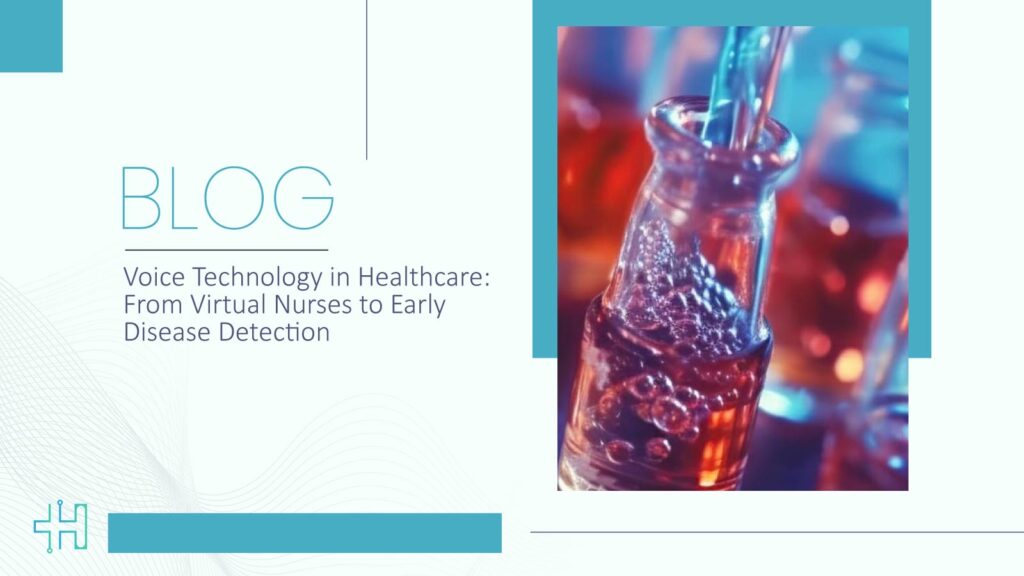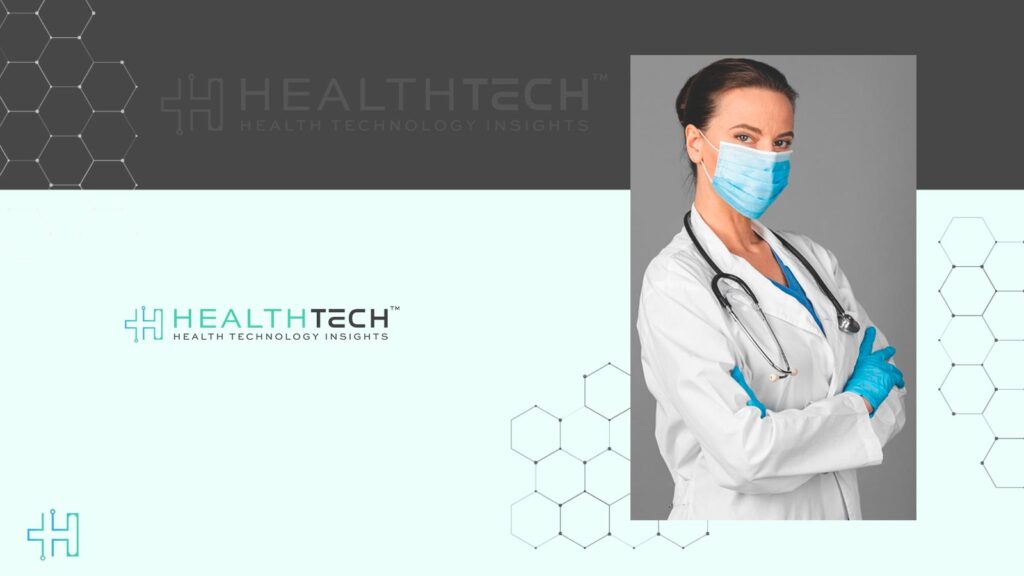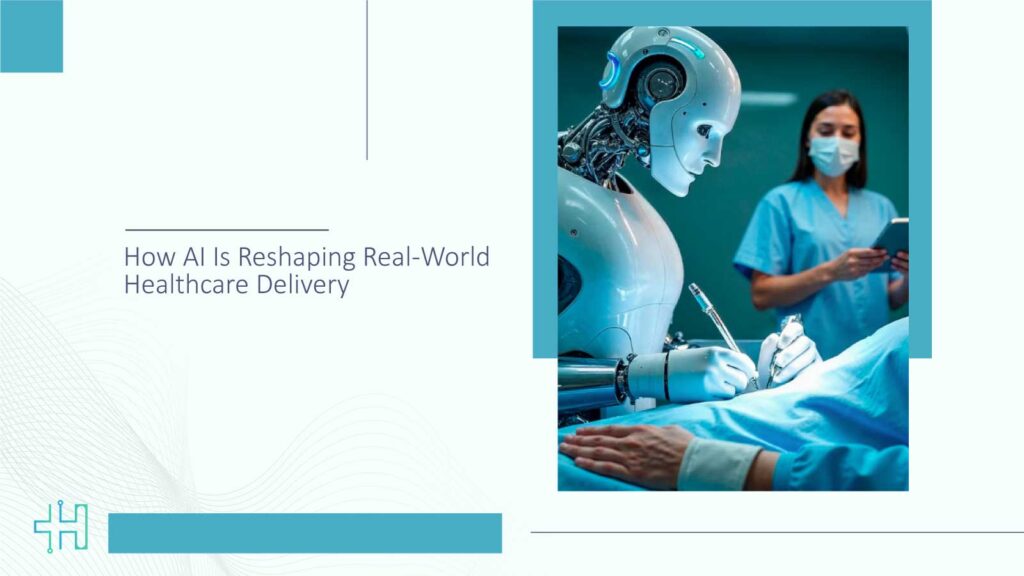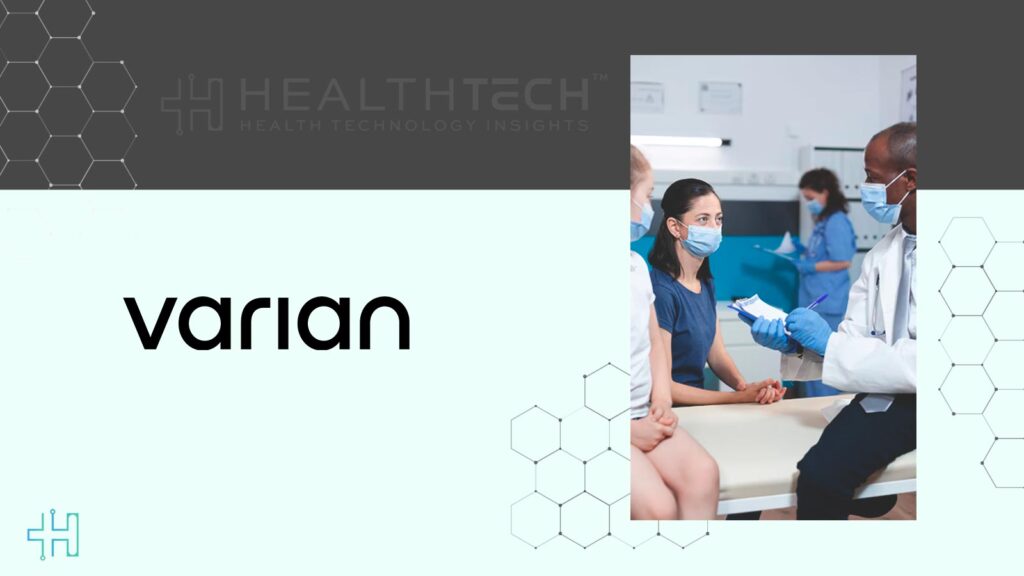Voice Technology in Healthcare
Over the past few years, voice technology has proven to be a revolutionary force in healthcare. AI voice tools enhance patient care, boost accessibility, and streamline clinical processes from virtual nurses to early disease detection.
As the healthcare industry continues to adopt digital innovation, industry leaders and decision-makers must recognize the applications and advantages of voice technology.
Voice Technology in Clinical Environments
Voice technology in healthcare involves a variety of applications, such as voice-controlled virtual assistants, AI-based diagnostic aids, and voice-controlled documentation systems.
These technologies use natural language processing (NLP) and machine learning algorithms to understand and answer human voice, making it possible for patients and healthcare professionals to communicate in a smooth manner.
One of the stand-out developments is the use of virtual nursing assistants within hospitals. AI virtual assistants aid in monitoring patients, giving medication reminders, and answering common health questions.
By taking on these duties, virtual nurses enable clinical professionals to prioritize more direct attention to patients, thus enhancing overall efficiency and patient satisfaction.
Patient Engagement and Accessibility
Voice technology greatly improves patient engagement in that it offers a simple and natural way of communicating. Voice interfaces help patients with blindness, low mobility, or poor literacy manage their health more independently and effectively.
Moreover, voice-enabled tools facilitate remote patient monitoring and telehealth services, enabling continuous care beyond traditional clinical environments. Patients can interact with virtual assistants to schedule appointments, receive medication reminders, and access personalized health information, all through simple voice commands.
Early Disease Detection Using Voice Analysis
Upcoming studies show that voice analysis has a key function in detecting the early stages of diseases. Analyzing vocal biomarkers, AI programs can detect minor alterations in speech that can signal the early stages of some conditions.
The Verywell Health research article “Why Does My Voice Sound Raspy?” presents a detailed overview of hoarseness, describing its causes, diagnostic methods, and treatments. Hoarseness may result from laryngitis, nodules, allergies, reflux, thyroid issues, smoking, or exposure to irritants.
Similarly, voice-based triage systems for the treatment of chronic conditions have been researched by scientists. One such study released in 2024 proposed a conversational virtual assistant with the ability to pre-screen for type 2 diabetes through analysis of acoustic features from patients’ speech.
Case Study: Talk2Care – Enabling Asynchronous Communication
The Talk2Care system is a prime example of voice technology integration in enabling asynchronous communication between healthcare professionals and patients. Talk2Care was designed to assist home-dwelling older adults and utilizes large language models (LLMs) and voice assistants to gather health data from patients.
Based on large language models (LLMs) and voice assistants, Talk2Care helps patients share health data in natural conversations. Summarized data is available to health professionals through a specialized dashboard, which permits timely and evidence-based decision-making.
Healthcare professionals can then view summarized information through a specific dashboard, allowing for timely and informed decision-making.User research has revealed that Talk2Care improves the quality of health information gathered and reduces by far the effort and time needed by providers, demonstrating the real-world advantages of voice technology in patient-provider communication.
Key Features
Patient Interface: An LLM-driven voice assistant that interacts with seniors to gather extensive health data in a conversational style.
Provider Dashboard: An easy-to-use interface that displays summarized patient information, emphasizing salient details for healthcare professionals.
User Studies and Results
To evaluate the efficacy of Talk2Care, two user studies were performed with older adults and healthcare professionals:
Participants: 10 older adults and 9 healthcare professionals.
Scenarios: The studies mimicked real-life healthcare scenarios, including unplanned health issues triggered by patients and post-surgery follow-ups triggered by professionals.
Results
Improved Communication: Talk2Care streamlined the communication process, enabling more comprehensive health information exchange between patients and professionals.
Efficiency: The system considerably decreased the effort and time healthcare professionals had to spend to obtain and analyze patients’ information.
Patient Engagement: Older adults reported that the voice assistant was easy to use and felt more at ease with reporting health information asynchronously.
This case study reveals the real advantages of combining voice technology and LLMs in healthcare environments, especially in enhancing patient-provider communication and minimizing the workload of healthcare professionals.
Clinical Documentation and Workflow
Voice technology also presents substantial advantages in clinical documentation and workflow improvement. AI-powered medical scribe systems use artificial intelligence to transcribe and summarize provider-patient discussions in real time, alleviating the administrative load on healthcare workers.
These applications not only increase documentation accuracy but also enable clinicians to spend more time on patient care. Through reduced manual entry of data, voice-enabled documentation systems help deliver better efficiency and less burnout for healthcare professionals.
Industry Insights and Future Prospects
Healthcare adoption of voice technology is also on the cusp of sustained growth. With more advanced AI algorithms and improved voice recognition software, the applications will increase further.
Increased incorporation of voice tools in mental health care, rehabilitation services, and individualized health coaching is what industry experts anticipate.
In addition, technological improvements in multilingual voice recognition will improve access for heterogeneous patient populations, ensuring health equity and inclusiveness.
As regulatory models adapt to accept these innovations, healthcare organizations will be well-equipped to deploy voice technology solutions that meet compliance guidelines and patient confidentiality mandates.
The Voice-Enabled Future of Healthcare
Voice technology is transforming healthcare from within. AI-based virtual nurses are providing constant companionship to cutting-edge conversational systems like Talk2Care to revolutionize provider-patient conversation, voice-first solutions are democratizing care, scaling access, and propelling early detection.
With evolving large language models and conversational AI, not only does efficiency come forth, but with it also comes empathy. Voice technology leads the charge of health innovation, bringing about radical solutions that deepen patient engagement, streamline clinical operations, and make it possible for the detection of early diseases.
Adopting voice technologies driven by artificial intelligence enables health organizations to deliver care, reduce operational inefficiency, and allow for more patient-centered approaches in health management.
FAQs
1. What is voice technology in healthcare?
Voice technology in healthcare refers to the use of voice-activated tools and systems, such as AI-powered virtual assistants and speech recognition software, to facilitate tasks like patient interaction, data entry, and health monitoring. These technologies enable hands-free operations, allowing healthcare providers to focus more on patient care and less on administrative duties.
2. How do virtual nurses utilize voice technology?
Virtual nurses employ voice technology to interact with patients, providing reminders, answering health-related questions, and monitoring symptoms. By using natural language processing and AI, these systems can engage in meaningful conversations, enhancing patient engagement and adherence to treatment plans.
3. What are the benefits of voice technology in early disease detection?
Voice technology aids in early disease detection by analyzing speech patterns and vocal biomarkers that may indicate health issues. For instance, certain voice characteristics can be linked to conditions like diabetes or neurological disorders, allowing for non-invasive and timely diagnosis.
4. How does voice technology improve patient-provider communication?
Voice technology streamlines communication by enabling real-time transcription of consultations, facilitating easier documentation, and allowing patients to convey information through voice inputs. This leads to more accurate records and efficient information exchange between patients and healthcare providers.
5. What are some challenges in implementing voice technology in healthcare?
Implementing voice technology in healthcare involves addressing concerns like data privacy, integration with existing systems, and ensuring accuracy in diverse linguistic contexts. Overcoming these challenges requires robust security measures, seamless interoperability, and continuous refinement of voice recognition algorithms.
To participate in our interviews, please write to our HealthTech Media Room at sudipto@intentamplify.com






